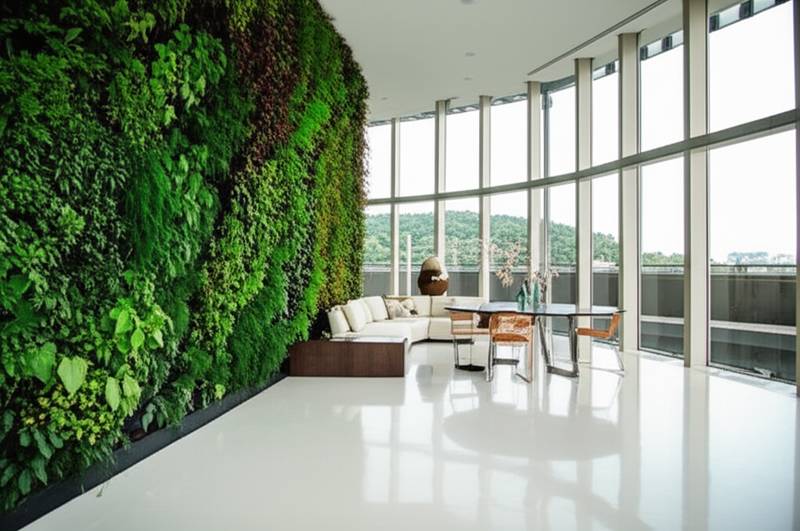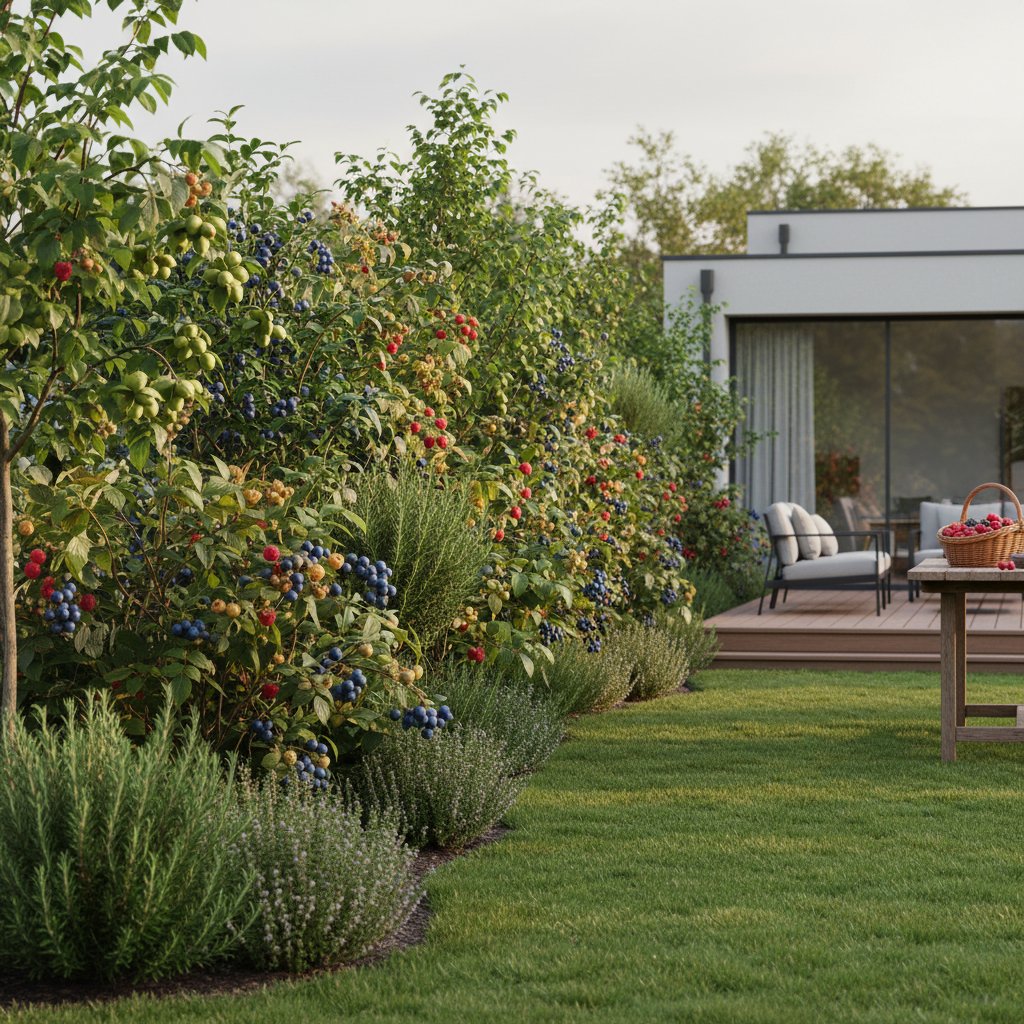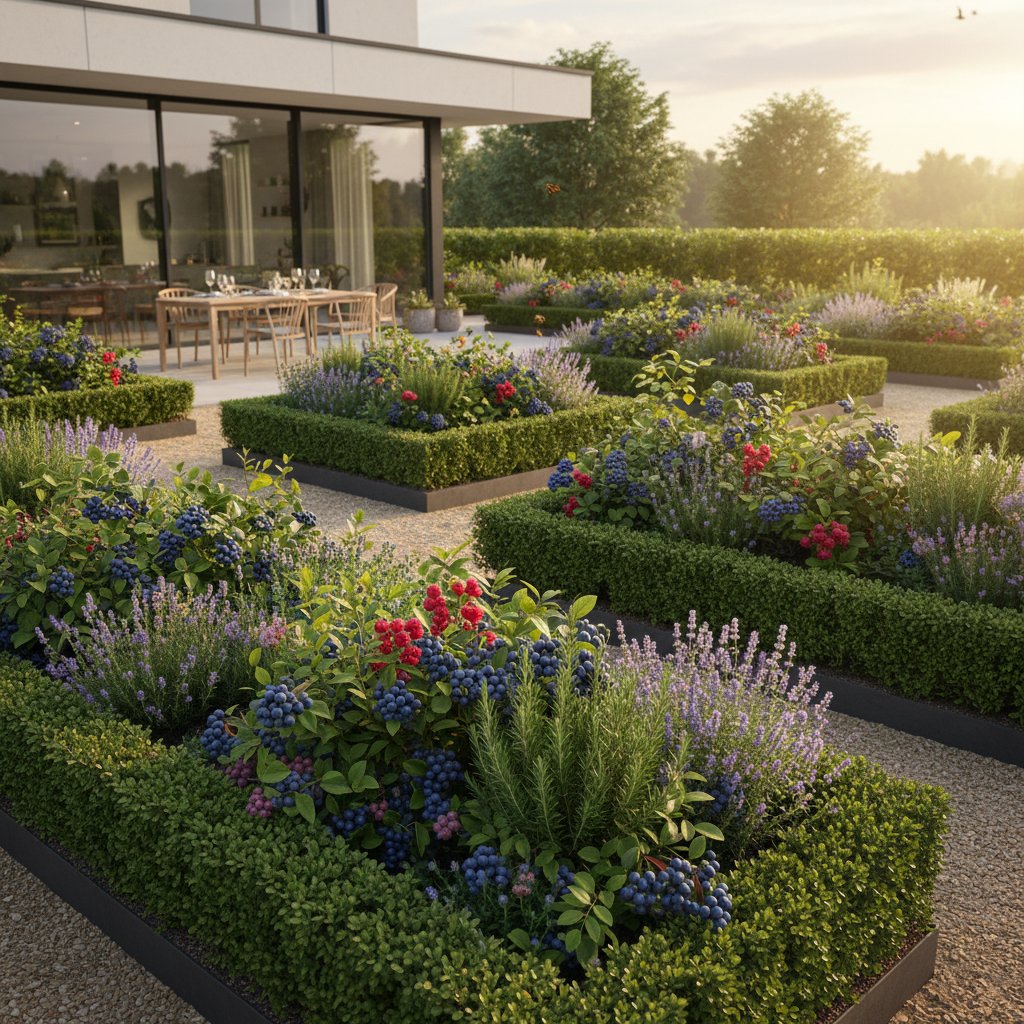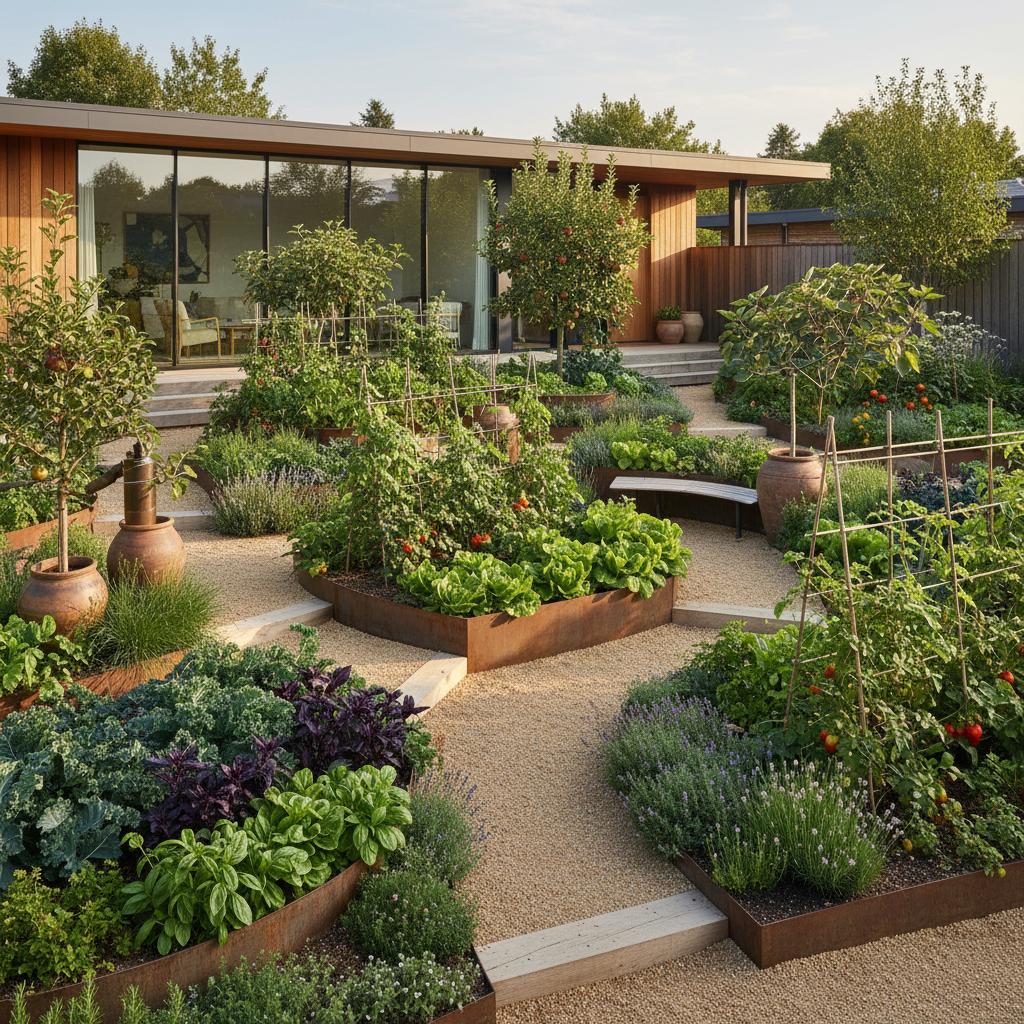Living Walls vs Green Roofs: Which Boosts ROI More?
Property owners often seek ways to integrate nature into their buildings for enhanced appeal and efficiency. Living walls and green roofs stand out as effective solutions that deliver environmental and financial benefits. This comparison examines their features, costs, and returns to help you select the option that maximizes value for your specific needs.
Both systems elevate property performance, but their impacts vary by installation site and objectives. Living walls provide vertical greenery that transforms facades, while green roofs cover rooftops to improve insulation and usability. Understanding these differences enables informed decisions that align with long-term goals.
Living Walls: Vertical Greenery for Impactful Design
Defining Living Walls
A living wall consists of plants arranged on a vertical structure, supported by panels or frames that include soil substrates and automated irrigation. These installations suit interior and exterior applications, from small feature walls to extensive building coverings. Their modular design allows customization to fit diverse architectural styles and spatial constraints.
Value Through Aesthetics and Functionality
Living walls enhance visual appeal, increasing curb appeal for homes and signaling eco-friendly practices for commercial properties. This attracts tenants and buyers who prioritize sustainable features. Functionally, they insulate walls by absorbing heat, which reduces cooling expenses by up to 20 percent in sunny climates, and shield surfaces from weather damage to extend material lifespan.
In addition, living walls purify air by absorbing carbon dioxide and releasing oxygen, creating healthier indoor environments. Occupants in such spaces report higher satisfaction, leading to increased occupancy rates and potential rental premiums of 5 to 10 percent in urban markets. These combined effects contribute to elevated property valuations over time.
Installation and Ongoing Care
Initial setup costs for living walls range from $100 to $300 per square foot, depending on scale, materials, and plant choices. Factors include structural supports, waterproofing, and integrated watering systems. Smaller installations prove more budget-friendly, while larger ones benefit from professional engineering.
Maintenance involves weekly checks for irrigation functionality, monthly pruning, and seasonal fertilizing to sustain plant health. Homeowners may handle basic tasks, but commercial sites often engage landscaping services for reliability. Long-term savings arise from reduced energy bills and preserved building exteriors, often recouping investments within 5 to 7 years.
Green Roofs: Rooftop Solutions for Comprehensive Benefits
Understanding Green Roofs
Green roofs feature vegetation layers over a building's roof membrane, incorporating drainage, root barriers, and lightweight soil. They divide into extensive types with shallow soils for low-maintenance coverage and intensive types with deeper soils for accessible gardens. These systems adapt to flat or sloped roofs, provided structural reinforcements are in place.
Enhancing Property Through Performance
Green roofs excel in thermal regulation, absorbing sunlight to lower roof temperatures by 30 to 50 degrees Celsius and decreasing heating and cooling demands. This results in energy savings of 10 to 30 percent annually, particularly in dense urban areas. They also mitigate stormwater runoff by retaining up to 75 percent of rainfall, reducing flood risks and utility fees.
For multi-family or commercial buildings, green roofs create valuable outdoor areas that boost tenant retention and allow premium pricing. Biodiversity support attracts pollinators and birds, fostering community goodwill. Overall, these roofs can increase property values by 6 to 15 percent, according to market studies in sustainable real estate.
Costs and Upkeep Considerations
Green roof installations cost $150 to $400 per square foot, influenced by depth, load-bearing requirements, and vegetation complexity. Extensive versions remain more economical, while intensive designs demand higher investments for accessibility features. Engineering assessments ensure roof integrity, adding to upfront expenses.
Upkeep for extensive green roofs includes biannual inspections for drainage and weed control, with minimal watering after establishment. Intensive roofs require more frequent care, such as mowing and replanting. Savings from extended roof longevity, often doubled to 40 years, and lower maintenance needs make them financially advantageous over decades.
Direct Comparison: Evaluating ROI Factors
ROI calculations for living walls and green roofs hinge on initial outlays, operational savings, and market perceptions. Both yield positive returns through sustainability credentials, but their strengths align differently with property types.
Aesthetic and Market Appeal
Living walls offer immediate visibility, enhancing front-facing elevations to draw foot traffic in retail settings. This can elevate sales by creating inviting atmospheres, with studies showing 15 percent higher customer dwell times in greened spaces. For resale, they differentiate properties in competitive markets, potentially accelerating sales by 20 to 30 days.
Green roofs provide subtler appeal, visible mainly from above or in photos, yet they resonate with eco-conscious buyers. In residential complexes, they enable communal amenities that support rent increases of 8 to 12 percent. Their value shines in certifications like LEED, which broaden marketability.
Financial and Energy Efficiency
Green roofs typically outperform in energy savings due to their expansive coverage, yielding annual reductions of $0.50 to $2.00 per square foot in utilities. Living walls contribute similarly on walls but at a reduced scale, focusing instead on localized cooling. Over 10 years, green roofs often achieve higher net returns through combined energy and maintenance efficiencies.
Maintenance budgets favor green roofs for their autonomy; living walls demand 20 to 30 percent more labor for plant management. However, living walls recover costs faster in high-visibility commercial applications where branding benefits amplify revenue.
Broader Environmental Impacts
Living walls combat urban heat by shading vertical surfaces and filtering airborne pollutants, improving local air quality indices. Green roofs address horizontal heat absorption and water management, cooling cities by 2 to 4 degrees Fahrenheit. Both support biodiversity, but green roofs create larger habitats, enhancing ecological value.
In regulatory contexts, these features qualify for incentives like tax credits or rebates, amplifying ROI. Commercial operators leverage them for marketing, attracting clients who value corporate responsibility and potentially increasing contracts by 10 percent.
Tailoring the Choice to Your Property
Evaluating Structural Feasibility
Assess your building's load capacity, sunlight exposure, and water infrastructure. Living walls require stable walls and partial shade for many plants, while green roofs necessitate reinforced decks and full sun for drought-resistant species. Consult local codes to ensure compliance with weight and drainage standards.
Aligning with Usage Patterns
Consider daily interactions: living walls suit high-traffic entries for immediate impact, enhancing user experiences in offices or homes. Green roofs transform underutilized rooftops into recreational zones, ideal for events or relaxation in apartments. Prioritize features that integrate seamlessly with routines to maximize perceived benefits.
Balancing Care Responsibilities
Evaluate time availability: living walls need routine monitoring to prevent overgrowth or dry spots, averaging 2 to 4 hours monthly for small setups. Green roofs demand less intervention, with annual professional servicing sufficing for extensive types. Select based on resources to avoid neglected appearances that diminish returns.
Optimizing Implementation for Lasting Returns
Selecting Appropriate Vegetation
For living walls, prioritize low-water plants like pothos, peace lilies, or native vines that thrive in vertical setups and local humidity. Avoid high-maintenance exotics to minimize replacements. On green roofs, choose sedums, fescues, or wildflowers suited to thin soils and exposure, ensuring 90 percent survival rates with natives.
Engaging Specialists
Collaborate with certified green roof or living wall installers who handle site surveys, system integration, and warranties. Their expertise prevents common issues like leaks or plant failure, ensuring systems perform as designed. Budget 10 to 15 percent of costs for design consultations to customize effectively.
Monitoring Performance Metrics
Document pre- and post-installation data on utility bills, maintenance logs, and occupant feedback. Track metrics like temperature reductions or water retention to quantify savings. Adjust care based on observations, such as supplemental watering during droughts, to sustain efficiency and value.
Sustaining Gains from Your Green Upgrade
Regular evaluations ensure living walls or green roofs continue delivering benefits. Address issues promptly to maintain aesthetics and functionality. As your property evolves, these features adapt, providing enduring financial and environmental advantages that support future enhancements.



